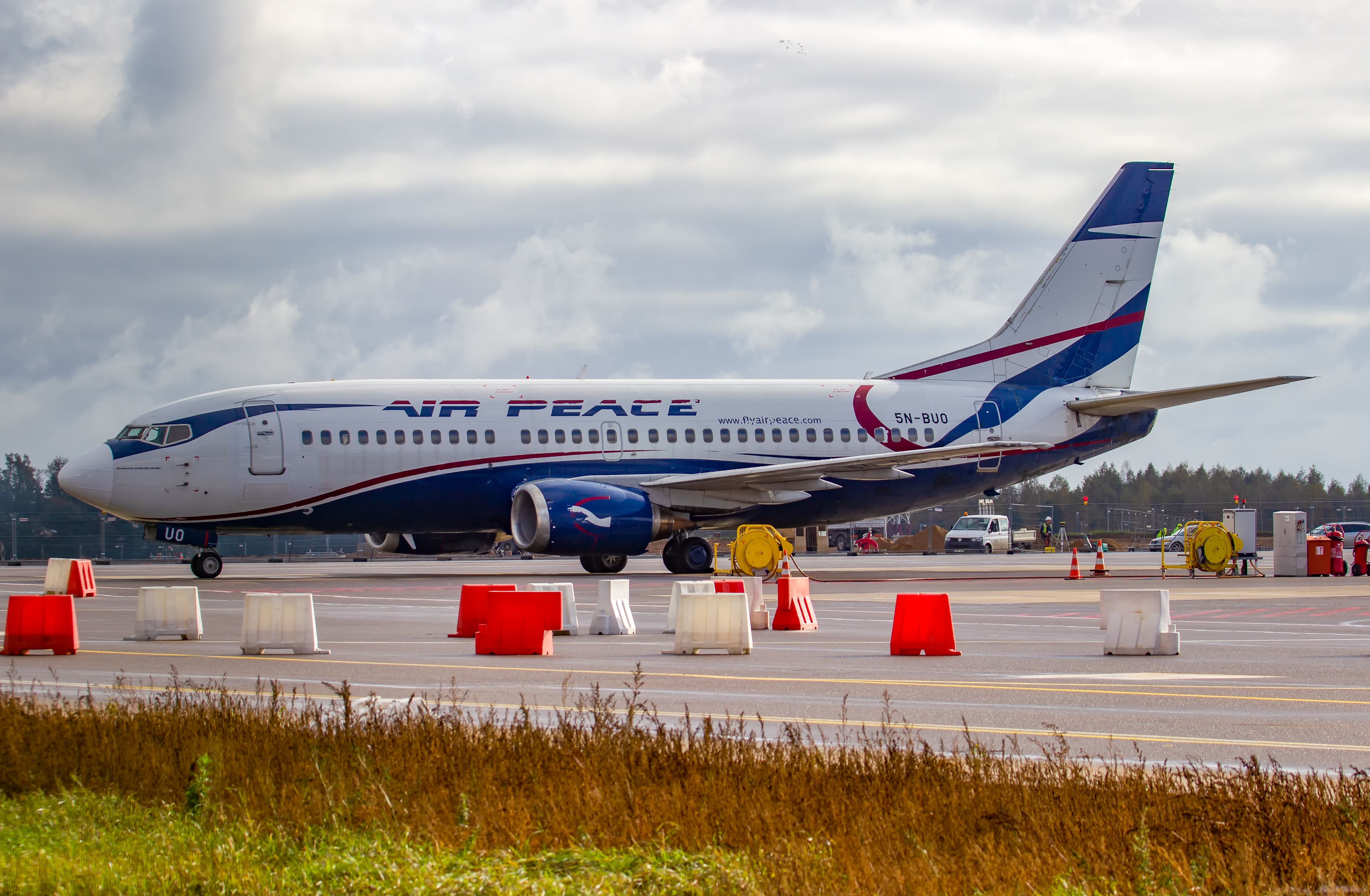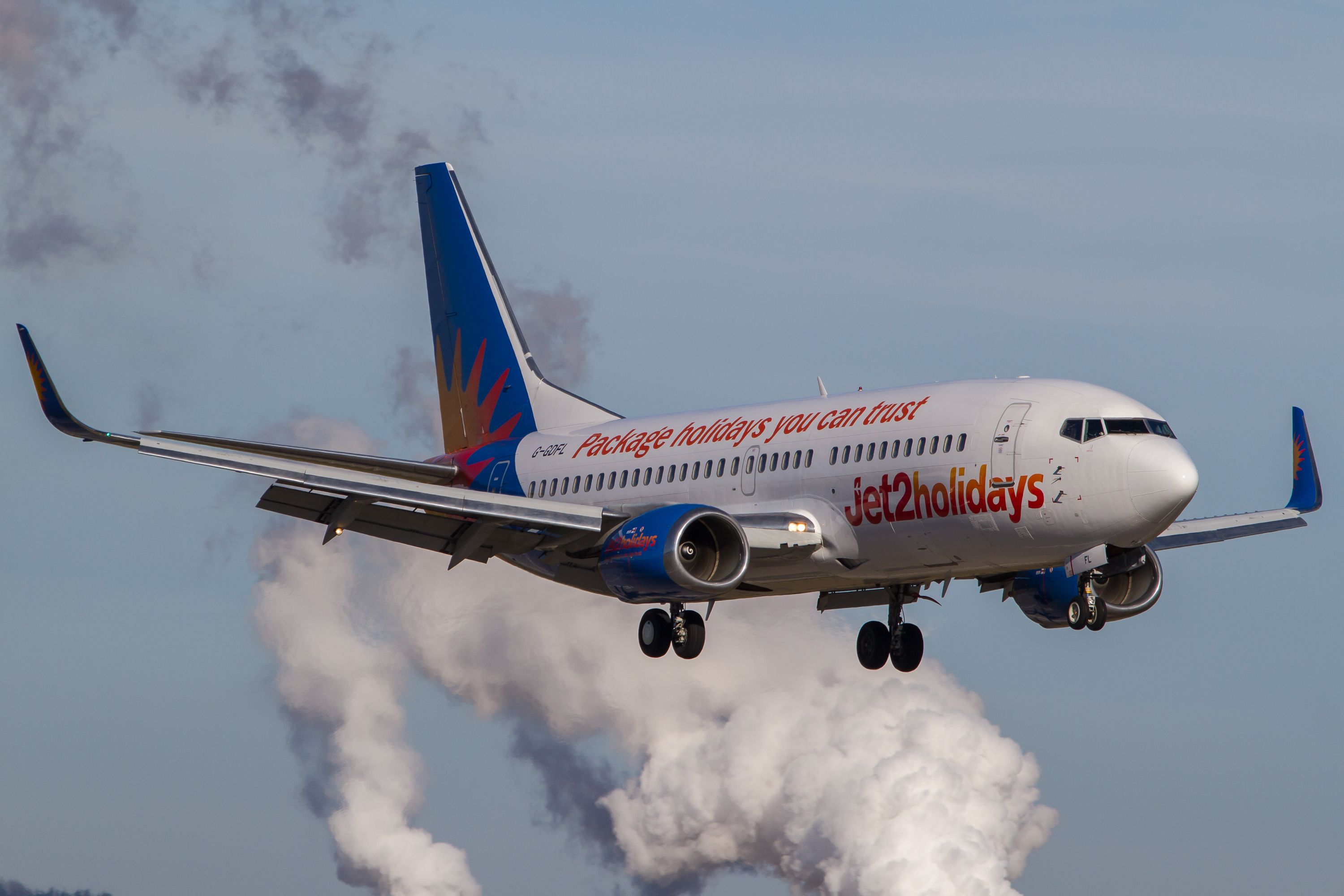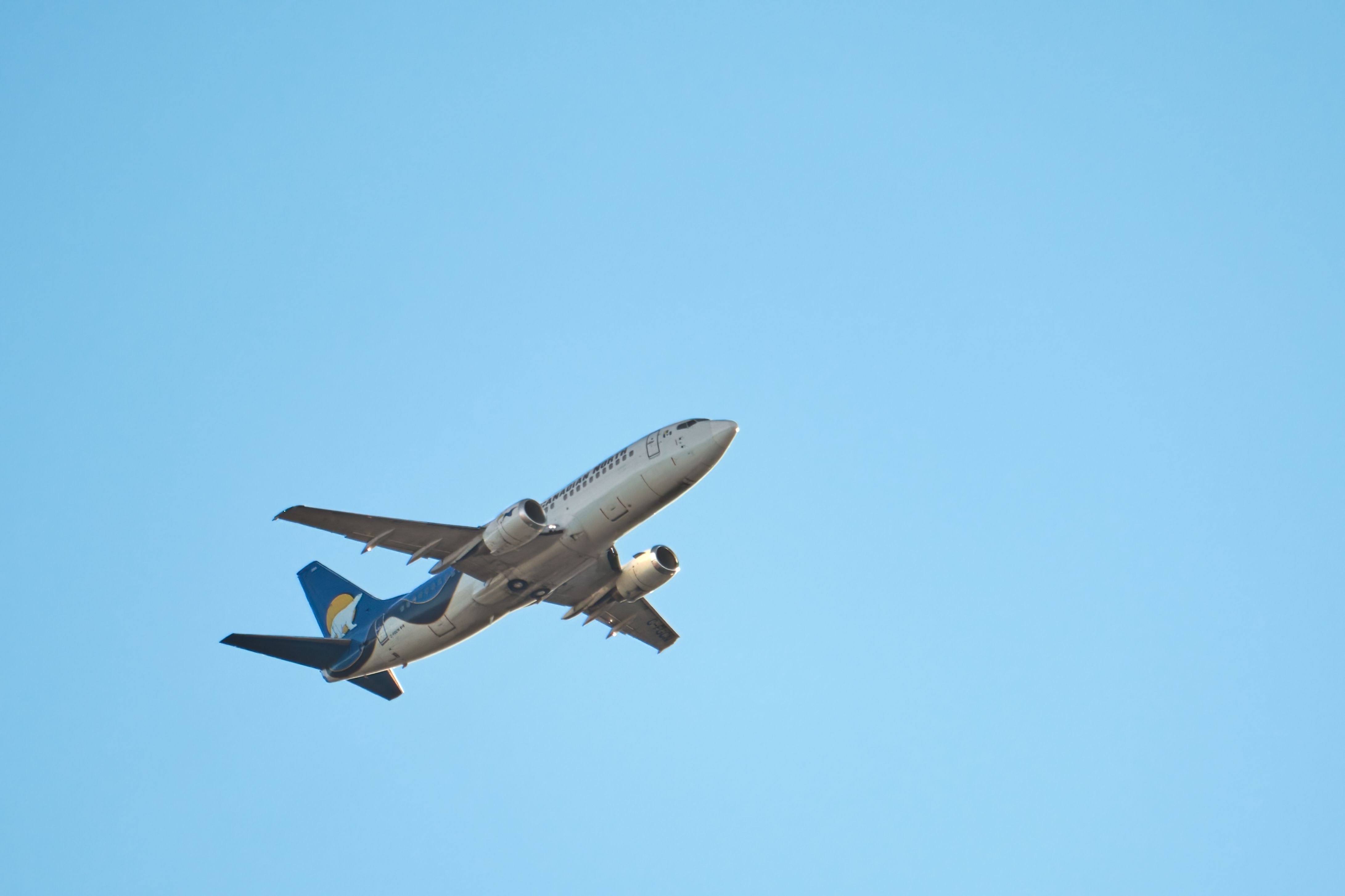Summary
- 101 active Boeing 737-300s remain, split across 50 carriers worldwide.
- African operators like Air Peace and Africa Charter Airline lead in 737-300 usage.
- Asian countries and Iran have a significant number of active 737-300s, with China using them for military purposes.
The Boeing 737-300 was the first variant from the American aircraft manufacturer’s 737 Classic series to take to the skies, doing so in 1984 with USAir. Boeing’s data showed that it produced 1,113 of these aircraft, compared to 486 and 589 for the 737-400 and 737-500 models that made up the rest of the 737 Classic family. After 40 years of flight, let’s take a look at which airlines still fly this popular 737 variant.
Africa
According to current fleet data made available by ch-aviation, there are presently 101 active passenger-carrying examples of the Boeing 737-300 left, at 50 carriers. This version of the US-based planemaking juggernaut’s best-selling narrowbody family is the mid-size variant in the 737 Classic series, being larger than the short-fuselage 737-500 model, but smaller than the stretched-fuselage 737-400 variant.
Of the 101 remaining passenger Boeing 737s that are still listed by ch-aviation as being active today, 17 are registered at 13 different African operators. The leading airline in this regard is Nigerian private carrier Air Peace, which has three active examples of the type at its disposal. That being said, there are other airlines from the continent that are not far behind with two active examples, including:
- Africa Charter Airline (South Africa).
- Tarco Aviation (Sudan).
Photo: Adomas Daunoravicius | Shutterstock
Meanwhile, the remaining 10 active examples of the Boeing 737-300 in Africa today are spread across the same number of operators, with one active unit apiece. These include the likes of Aero Contractors (Nigeria), Africa Airlines (Congo), Azman Air, Dana Air (both Nigeria), Fanjet Express (Kenya), Ghadames Air (Libya), Libyan Express, MaxAir (Nigeria), Star Air (South Africa), and Sudan Airways.
Asia
The Boeing 737-300 is even more widespread in Asia, with 40 active examples of the type spread across 16 different operators from all over the vast continent. Interestingly, in addition to its bread and butter of commercial service, the type also sees military usage in Asia, with China’s People’s Liberation Army Air Force having eight active examples, as well as one active unit at the Republic of Korea Air Force.
As is often the case with older designs, Iran is something of a hotspot for active examples of the 737-300. 19 of these are left in the country today, flying for the likes of Air1Air, ATA Airlines (one each), flyPersia, Karun Airlines (two each), Pars Air (one example), and Saha Airlines (two units). However, the largest Iranian 737-300 operators today are Varesh Airlines (four active units) and Sepehran Airlines (six).
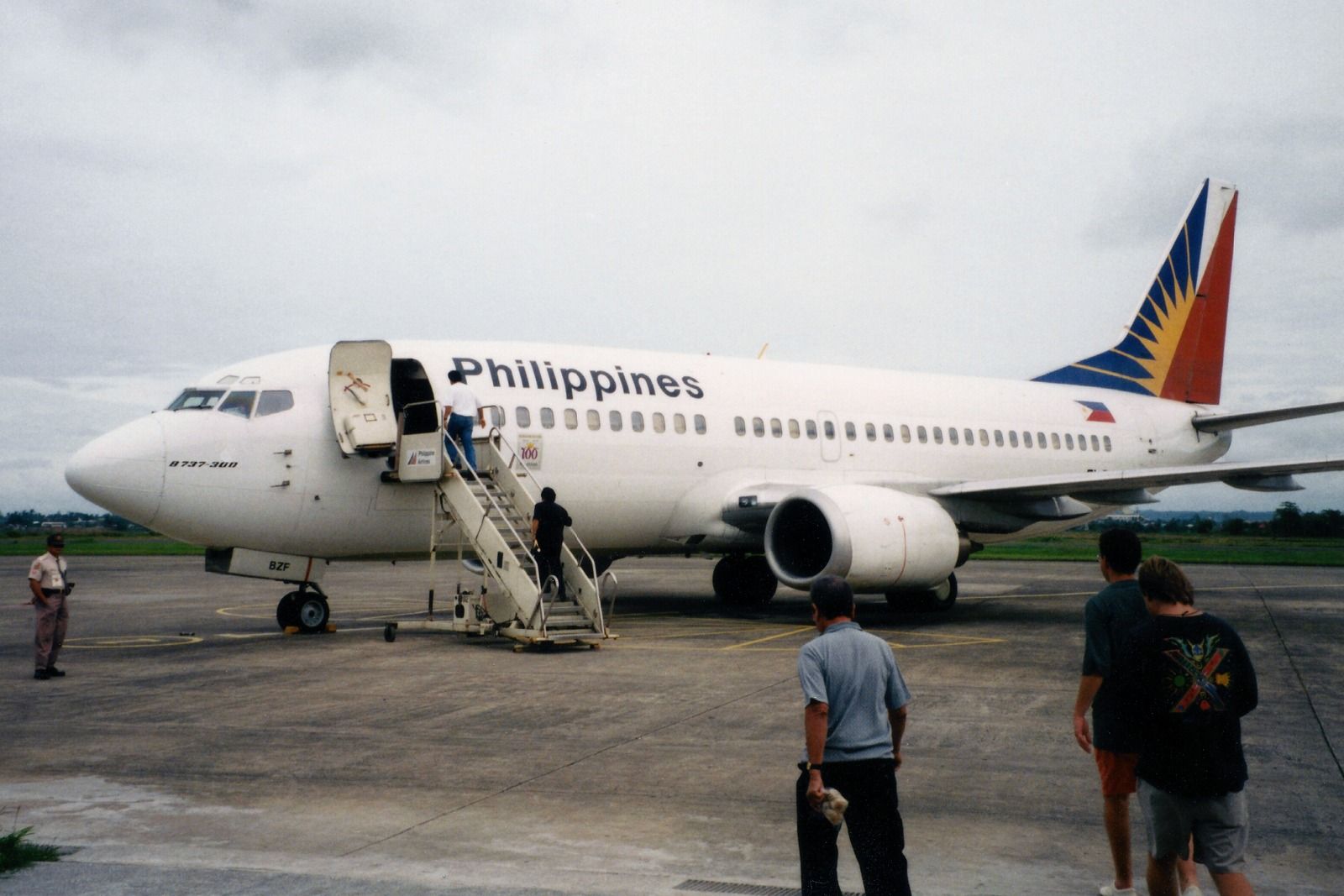
Related
Philippine Airlines Flight 143: The Boeing 737-300’s First Hull Loss
A Philippine Airlines Boeing 737-300 became the first hull loss of the aircraft after an explosion in the fuel tank.
As pictured above, other notable Asian operators of the Boeing 737-300 in 2024 include the likes of SCAT Airlines and Trigana Air with two active units apiece. Meanwhile, other Asian carriers such as Avia Traffic and Kam Air have as many as three active examples of the Boeing 737-300 at their disposal at the time of writing. The final current Asian user of the type is UR Airlines, which has one active unit.
Europe
When it comes to Europe, the UK is the place to go for Boeing 737-300 traffic, with the country being home to six of the continent’s 17 remaining active examples of the type. Five of these veteran narrowbody twinjets serve low-cost leisure carrier Jet2, while the sixth is registered with 2Excel Aviation. Bulgaria is another hotspot, with four active units split between ALK Airlines and Bul Air (two apiece).
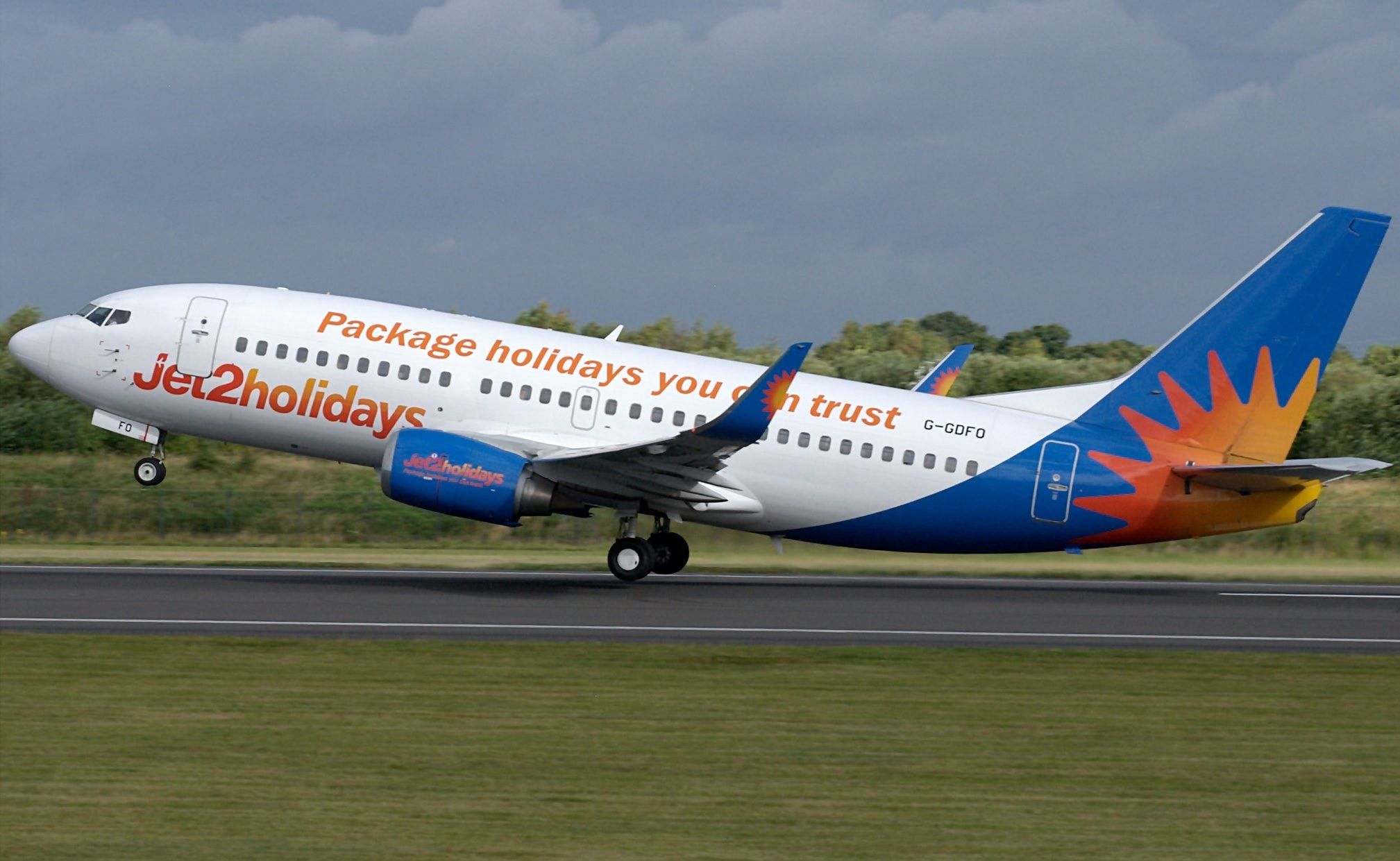
Related
Here’s Where Jet2’s Remaining Classic Boeing 737-300s Are Still Flying
Catch them while you can: they will be retiring soon.
Photo: Photofex_AUT | Shutterstock
Other European carriers that presently have multiple active examples of the Boeing 737-300 at their disposal include the likes of Belavia (Belarus), Geo-Sky (Georgia), and KlasJet (Lithuania), with each of these operators boasting two active units of the type in their current fleets. This just leaves an operator with a single active example at their disposal, namely Armenia Airways and its 29-year-old EK73730.
The Americas
When it comes to North America, the continent is currently home to 12 active examples of the Boeing 737-300, and these are spread across six different carriers. Half are registered in Mexico, with these six aircraft split between Magnicharters (five) and the Fuerza Aérea Mexicana (one). Meanwhile, Canadian North flies three, while US operators Constellation, Coulson, and MGM Mirage each fly one.
Photo: Colin Temple | Shutterstock
Meanwhile, down in South America, the top operator of the Boeing 737-300 at present is Star Perú, with four active examples which had all exceeded 70,000 hours at the time of the last measurement. The carrier is closely followed by Boliviana de Aviación and Rutaca Airlines (three apiece). The remaining three active examples of the type are split between Estelar (two) and Sideral Linhas Aéreas (one).
Oceania
Just two active examples of the 737-300 are registered with carriers located in Oceania, with one of these being N138CG of Coulson Aviation Australia. Meanwhile, the other is Nauru Airlines’ VH-XNU, which, according to the Norwich Evening News, recently flew almost 11,000 miles to undergo maintenance at the UK’s Norwich Airport (NWI), mirroring the journey another of the carrier’s 737s made last year.
What do you make of the Boeing 737-300? How many of these operators have you flown on the type with over the years? Let us know your thoughts and experiences in the comments!


